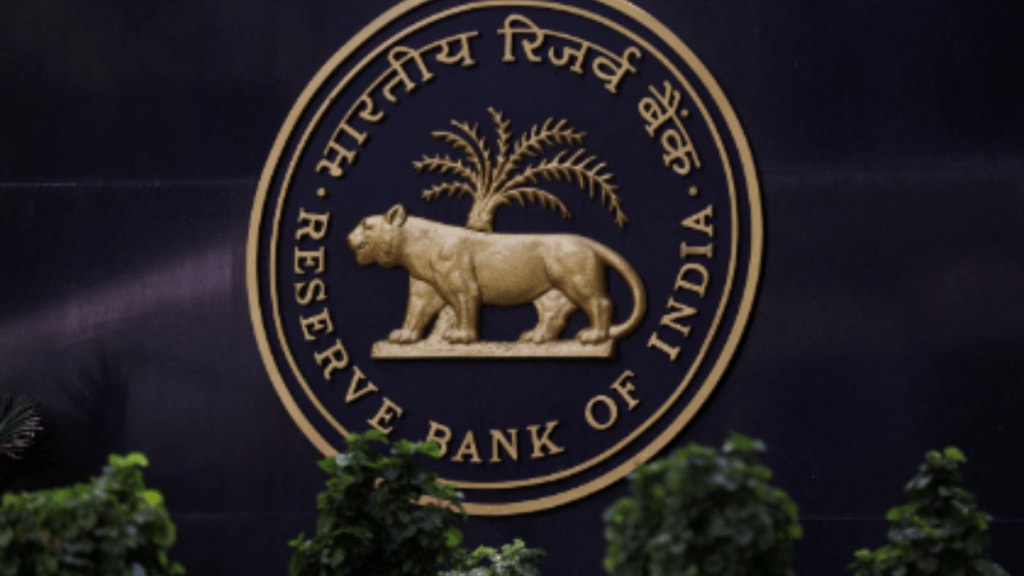A lower policy rate is more appropriate at this time, given that inflation is expected to align with the Reserve Bank of India (RBI)’s target, governor Sanjay Malhotra said in the minutes of the latest monetary policy committee (MPC) meeting.
Budget proposals on agriculture and the government’s commitment to fiscal consolidation are positive for price stability and would help anchor inflation expectations over the medium term, he said.
“Given the macroeconomic outlook when inflation is expected to align with the target, and recognising that monetary policy is forward looking, I view a lower policy rate to be more appropriate at the current juncture,” Malhotra said. “The food inflation outlook is turning decisively positive.”
The governor, along with five other members of the MPC, had voted for a 25-basis-point reduction in the short-term lending rate (repo) to 6.25% on February 7, the first such cut in nearly five years. The MPC includes three RBI members and three external members.
While the central bank reduced the rate, it continued with the neutral stance for the monetary policy.
“This will provide the flexibility to respond to the evolving macroeconomic environment. By taking this logical course, monetary policy will be able to fulfil its mandate and play its part in the sustainable development of the Indian economy,” Malhotra said.
Headline inflation, after moving above the upper tolerance band in October, has moderated and was at a five-month low of 4.3% in January.
RBI deputy governor M Rajeshwar Rao said at the current juncture, with a further alignment of headline inflation towards the 4% target, there is a greater space to address concerns regarding growth by way of reduction in the policy repo rate.
“This monetary policy measure, in conjunction with the fiscal measures announced in the Budget, should give a fillip to aggregate demand conditions. Furthermore, the government has reaffirmed its commitment to fiscal consolidation, which should help to anchor medium-term inflation expectations,” Rao said.
RBI executive director and panel member Rajiv Ranjan said in line with the sequencing path that the RBI followed, a policy rate cut in February 2025 was the most rational and appropriate step as we now have greater confidence on the disinflation path.
“In line with this prognosis, we also prepared the market by infusing sufficient liquidity for better transmission. The baseline projections suggest headline inflation to average at 4.2% during 2025-26,” he said.
External member Nagesh Kumar said the panel could be more ambitious and target a 50-bps cut, but voted for 25 basis points given global uncertainties. “I strongly feel that the MPC should begin the process of normalisation of the monetary policy with a rate cut. We could be more ambitious and target a 50-basis-point cut,” Kumar said. “It would send a signal to the markets and private investors within and outside the country that India is serious and would do whatever it takes to revive economic growth momentum.”
External member Saugata Bhattacharya said in view of the downward inflation trajectory, rate cut is the “appropriate policy response at this point of the economic cycle”.
Bhattacharya also voted to continue with the neutral policy stance. “Given the forecast inflation trajectory, the policy repo rate might soon, if not even as of now, become excessively restrictive, thereby increasing the risk of cumulatively damaging growth impulses,” said Bhattacharya.
External member Ram Singh said the Budget has given a push to demand. “However, demand push will not result in higher private capex unless interest rates are reduced immediately,” Singh said.


